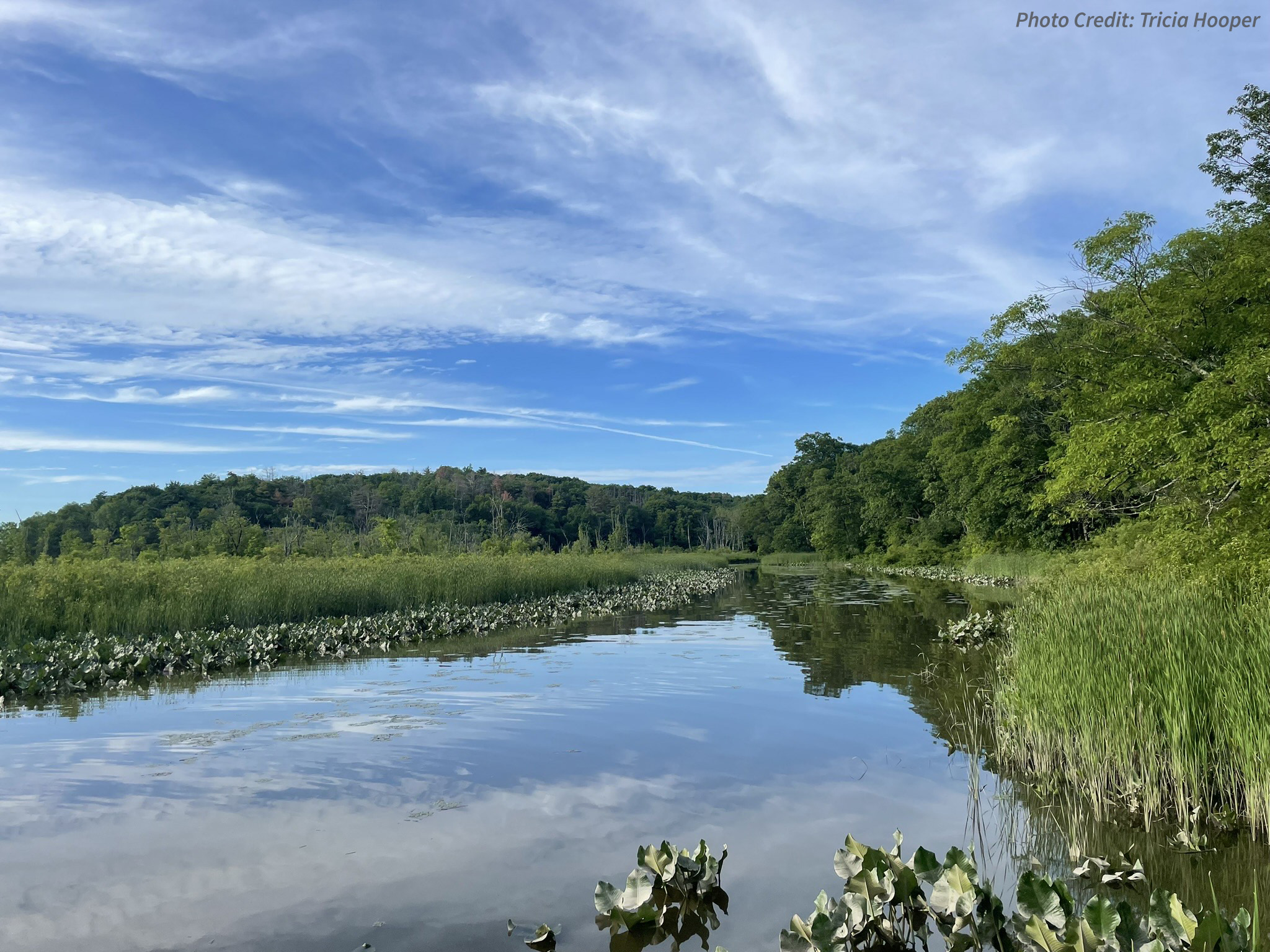States / New York
New York
Coastal Management
The focus is on managing coastal areas to increase resilience, with an emphasis on balancing environmental, economic, and human wellbeing. Mandated by the Coastal Zone Management Act, the two federal programs designed for this task are the National Coastal Zone Management Program and the National Estuarine Research Reserve System. Programs are administered, on the federal side, by NOAA’s Office for Coastal Management, in partnership with the coastal states.

State Programs
Coastal Zone Management
New York State Coastal Management Program. Established in 1982, with the New York Department of State serving as the lead agency. New York's coastal region is uniquely diverse, divided into four distinct areas: Long Island, New York City, the Hudson River Valley, and the Great Lakes-St. Lawrence River region. The New York Coastal Management Program introduced 44 policies to ensure consistency among agencies, focusing on promoting beneficial use, preventing impairment, and managing major activities in the coastal zone.
Great Lakes Restoration Initiative. This initiative accelerates efforts to protect and restore the largest system of fresh surface water in the world—the Great Lakes. Built upon the foundation of the Great Lakes Regional Collaboration Strategy, this multi-agency initiative has provided funding to 16 federal organizations since 2010. The goal is to strategically target the biggest threats to the Great Lakes ecosystem and to accelerate progress toward achieving the organization’s long-term goals. See examples of NOAA products funded by the Great Lakes Restoration Initiative.
National Estuarine Research Reserves
Hudson River National Estuarine Research Reserve. Designated in 1982 and protecting 4,838 acres, the reserve includes four sites that span 100 miles of the 152-milelong estuary: Stockport Flats, Tivoli Bays, Iona Island, and Piermont Marsh. A variety of natural communities are found here, including rare freshwater tidal wetlands. The entire Hudson estuary experiences three- to five-foot ocean tides. Habitat is provided for more than 200 species of fish and other river-dependent wildlife, especially birds. (See handout)
Impact Stories
Stories that showcase the recent work of this state's coastal management efforts.
- Hudson River Habitat Restoration at Schodack Island State Park – Upper Schodack Side Channel Reconnection
- Research Reserves Deliver Dependable Data for Our Changing Coasts
- Constructing a Living Shoreline to Prevent Coastal Erosion at Udalls Cove, New York
- Advancing Nature-based Coastal Resilience Across the Great Lakes Region
- Advancing Oyster Restoration with Shellfish Growers in New England, Mid-Atlantic and West Coast
- Hudson River Reserve Contributes to International Knowledge Exchange
- Community-Driven Site Assessment and Preliminary Design of Flood Buyout Lands in New York
- Developing Final Designs for Buffalo Creek Floodplain Reconnection in the Town of West Seneca
- Protecting Infrastructure and Restoring Fish Habitat in the Hudson River Estuary
- Restoring Hempstead Bay for Community Resilience and Improved Habitat Quality
- Transforming New York’s Hudson Riverbanks
- Northeast States Collaborate on Ocean Mapping Priorities, Garnering National Attention
- Restoration Efforts for Great Lakes Shoreline
- Blue Plan Maximizes Coastal Coordination, Minimizes Conflict
- Blue Carbon Enterprises Lessen Climate Change Damage
- Befriending Coastal Birds
Additional Resources
*Fast Fact Sources:
People: American Community Survey Five-Year Estimates
Beaches and Estuaries: Shoreline Mileage of the United States
Employment and Economy:
Marine Economy for the Coastal U.S. States
Marine Economy for the U.S. Territories